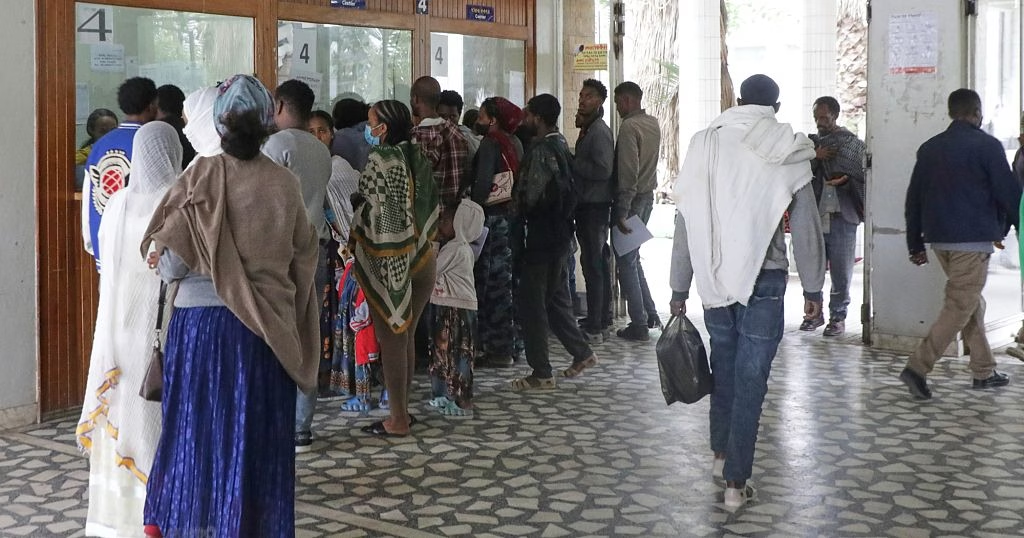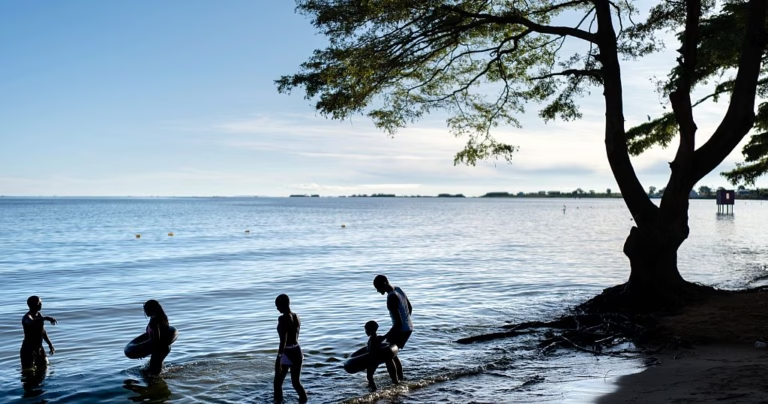Tigray, once hailed as a leader in the fight against HIV, has seen a significant increase in the prevalence of the virus after years of progress. The region’s HIV prevalence rate had dropped to 1.4%, one of the lowest in Ethiopia. However, the outbreak of war between Ethiopia’s government, backed by neighboring Eritrea, and Tigray fighters in 2020 has reversed that trend.
According to Akberet Mengesha, the Anti-retroviral therapy Department Coordinator at the Ayder Refferal Hospital in Mekele, the average monthly positive rate has increased substantially. The conflict, which lasted for two years, was marked by widespread sexual violence, mass killings, hunger, and disease. A study published in BMJ Global Health in 2023 revealed that up to 10% of women and girls aged between 15 and 49 in the region, which has a population of 6 million, were subjected to sexual abuse, mostly rape and gang rape.
In addition to the violence, Tigray’s healthcare system suffered extensive damage during the conflict. Only 17% of health centers remained functional, as reported in another study in the same journal. The Tigray Regional Health Bureau, in collaboration with the Ministry of Health and the World Health Organization, found that 86% of health facilities in the region were “partially damaged,” while 3% were “completely damaged.” Consequently, 90% of sexual violence survivors did not receive timely medical care.
Furthermore, the conflict has led to a rise in mother-to-child transmission of HIV in the region. Mengesha noted that the risk of transmission, which had once been reduced to zero, has drastically changed. The increase in diagnoses among children under two years old can be attributed to the disrupted access to essential medications during the conflict.
Patients are now lining up to receive Anti-retroviral therapy at the Ayder Refferal Hospital in Mekele. Teame Aregay, the head of the hospital pharmacy, confirmed that the patient count is on the rise, with new diagnoses being reported daily.
The HIV prevalence rate in Tigray has now doubled its prewar average, reaching 3% according to local health authorities and the United Nations. The rate is even higher among the approximate 1 million displaced individuals in the region, standing at 5.5%, and among survivors of sexual violence, at 8.6%.
During the war, condom availability was scarce, and Tigray was cut off from the rest of Ethiopia. Unfortunately, some displaced individuals, struggling to survive, have turned to sex work. This, coupled with the Trump administration’s decision to halt 83% of U.S. Agency for International Development programs worldwide, has worsened the situation. Essential medications to address the growing crisis are in short supply, according to Aregay.
Ethiopia has already dismissed 5,000 health workers hired with U.S. funds to combat HIV. Additionally, charities providing treatment and support to HIV patients, such as the Organization for Social Services, Health and Development, have received stop-work orders.
The Organization for Social Services, Health and Development, a national agency with a branch in Tigray, played a crucial role in HIV testing and providing food and financial support to HIV patients. However, its operations have been halted due to stop-work orders.
The situation is dire in Tigray, with a looming crisis due to the lack of essential medications and support, further exacerbated by the loss of funding and increased HIV transmission resulting from the conflict.
Source: http://www.africanews.com/2025/03/26/ethiopia-hiv-infections-soar-in-post-war-tigray/






